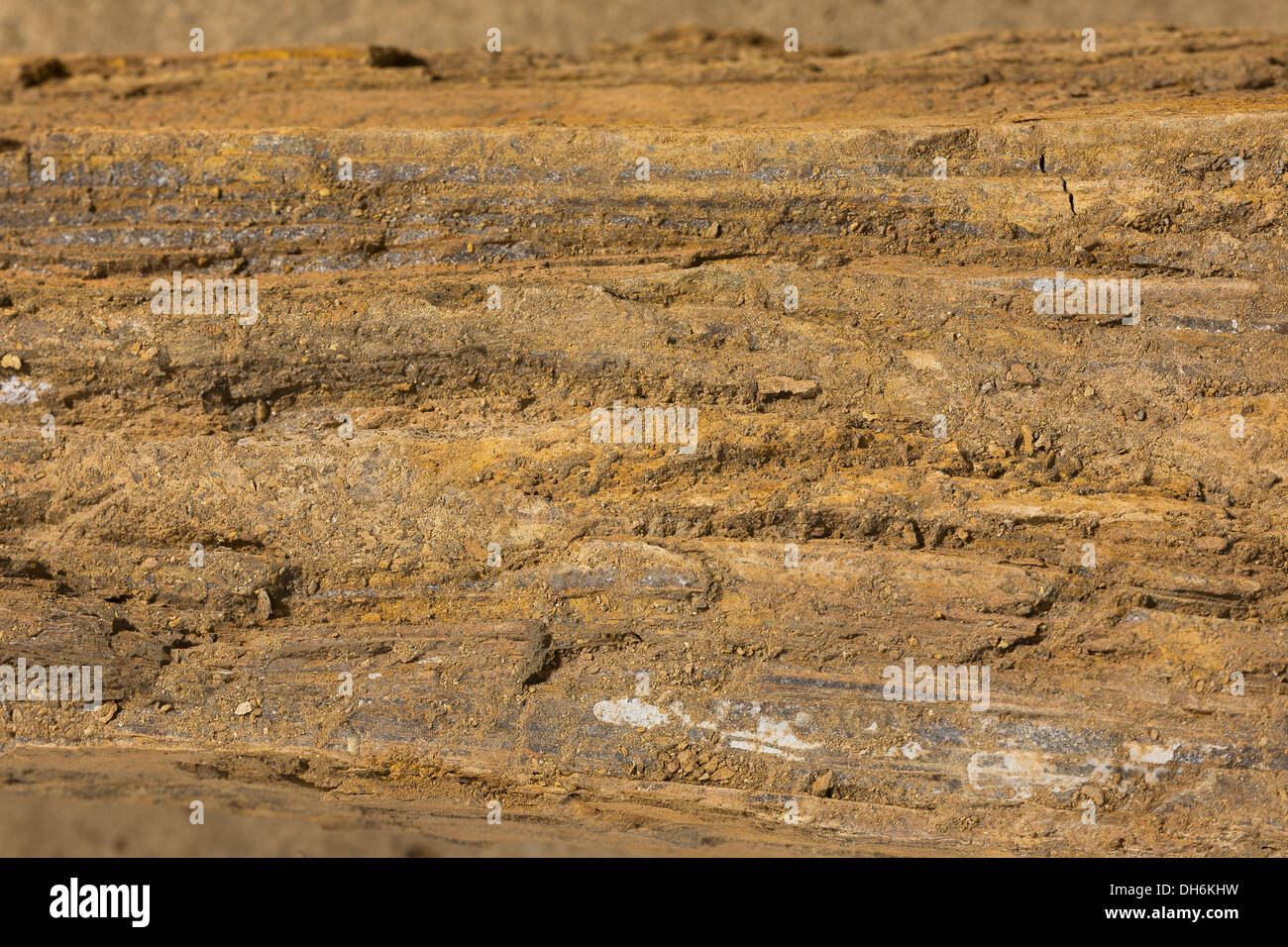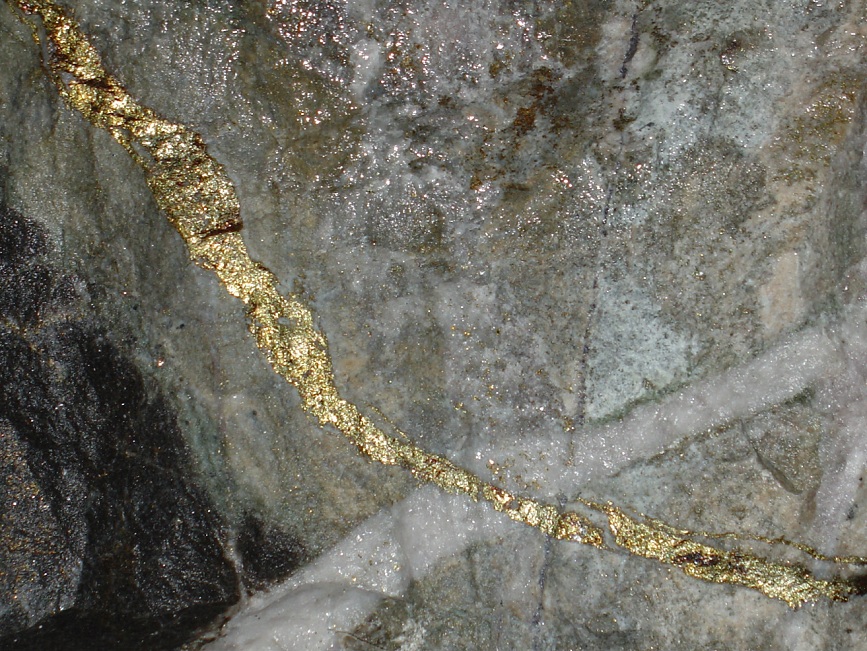Learning Geology Bandediron formations (BIFs) Evidence of Oxygen in Early Atmosphere
Lode and Placer Deposits Geologic processes concentrate gold into two principal types of deposits: lode (or primary) deposits where gold is deposited by gold-bearing solutions within rock formations; and, placer (or secondary) deposits where gold-bearing rocks are eroded and the free gold is concentrated in stream beds.

Police Discover Literal Tonne of GoldBearing Ore in WA Drug Raid Complex AU
Arizona Porphyry Hosted Gold deposits. Today we look at the Geology of Gold what rocks and minerals to look for when looking for Gold. Geology crash course t.

How to Identify a Gold Bearing Area Sciencing
The rocks that have gold in them are quartz, iron, magnetite, pyrite, and Lead. However, not all will contain gold. They only give you better chances of identifying gold-bearing grounds. Analyzing the rocks' surface, and using topographic maps and geological reports can be useful.

Huge Mineralized Gold Bearing Chert Outcrop & Mineshaft! YouTube
Iron Staining & Gossans: Not all veins produce much quartz - gold bearing veins can consist of calcite or mostly sulfides - which often weather into iron stained spots when the pyrites convert to iron oxides. Large amounts of iron oxides like hematite, magnetite and ironstone can be favorable indicators.

Gold ore bearing rock showing weathered Banded Iron Formation with Stock Photo 62227365 Alamy
Association: Pyrite, chalcopyrite, arsenopyrite, pyrrhotite, sylvanite, krennerite, calaverite, altaite, tetradymite, scheelite, ankerite, tourmaline, quartz. Polymorphism & Series: Forms a series with silver. Cell Data: Space Group: Fm3m. a = 4.0786 Z = 4

Ancient Subsurface Cracks May Point to Mineral Deposits Geology In
The Southeastern United States, in particular, the Carolina slate belt of Virginia, North Carolina, South Carolina, and Georgia, has been an important region of mineral production (fig. 1). This region is thought to have major potential for containing large undiscovered deposits of gold and silver, as well as copper, lead, zinc, molybdenum, and.

What does gold look like in rocks_ Gold bearing rock identification. Gold specimens, Rock
Learn about the geologic properties of gold, as well as how much exists, how it is mined, and where to find gold deposits on Earth. Gold $2,043.00 7.08. Silver $23.17 0.08. Platinum $. If you happen upon a big shiny chunk of yellow rock, it may be fool's gold (iron pyrite), which is a relatively worthless lookalike mineral that triggered.

Gold ore bearing rock showing weathered Banded Iron Formation with Stock Photo 62227385 Alamy
To accurately distinguish gold-bearing rocks and minerals, keep in mind the following: Look at the color, hardness, and geological location. Use a magnifying glass or microscope for closer examination. Perform density, specific gravity, and streak tests in a lab. Be aware of false signals like pyrite or chalcopyrite.

Mineralized Gold Bearing Rocks Found In A Steep Ravine! YouTube
Australian mineral facts Gold is a very rare substance making up only ~3 parts per billion of the Earth's outer layer (imagine 1 billion smarties in one place and only 3 of them were made of gold!). Its rarity and physical properties have made gold one of the most prized of the Earth's natural resources.

Rich Gold Bearing Chalcopyrite Zone In Volcanic Rock! YouTube
Updated April 24, 2017 By Jay Motes Gold is most often found in very small amounts mixed with other materials. Experienced gold prospectors rarely look for gold, but rather look for rocks and rock formations that are known to hold gold. Quartz ••• Gold is most often found in quartz rock.

HomeMade DIY HowTo Make Gold Rocks Geology
The rock formations at Rochford are correlated with those at Lead down to, and including, the Ellison Formation of Hosted and Wright (1923) which, at Lead, rests conformably on the gold-bearing Homestake. Formation of Hosted and Wright (1923). The gold-bearing formations at Rochford are the silicated cherty iron-formations which, though.

Gold... Gold specimens, Rocks and gems, Rocks and minerals
Gold is mainly found in two types of deposits: lode (hard rock veins) and placer (surface). Locating the richest gold bearing areas primarily involves research, planning, dedication and funds.

Gold Bearing Rocks & Sulfide Exposures Found Along A Logging Road! YouTube
What does natural raw gold look like in rocks? What does gold ore really look like? In this video you will learn about gold bearing rock identification. You.

Large Gold Bearing Quartz Specimen Original 161 Mine California 696.4 Nuggets By Grant
Gold-bearing placers are the most widespread and commonly exploited fluvial heavy mineral deposits around the world. Entrainment and settling of detrital gold particles are complex processes (Slingerland and Smith 1986; Youngson and Craw 1999; Garnett and Bassett 2005), and the details of this are beyond the scope of our modeling.Instead, we assume based on world-wide observations that the.

HomeMade DIY HowTo Make Gold Rocks Geology
Most lode deposits form when heated fluids circulate through gold-bearing rocks, picking up gold and concentrating it in new locations in the crust.. Lode Gold, or Primary Gold Deposits, are usually found in quartz veins and other types of rock formations. This gold is transported there via hot hydrothermal fluids from the Earth's core.

Goldbearing iron quartzite (Surozke deposit) Download Scientific Diagram
Gold deposits are found in different types of rocks and geologic formations, falling into two mining categories: lode (primary) and placer (secondary). Lode deposits are contained within surrounding rock whereas placer deposits are dust particles contained in streams and stream beds.